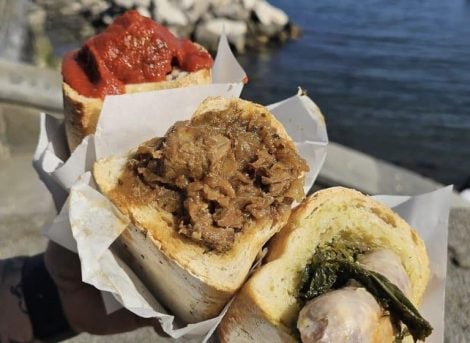Thanks to a new innovative project, astronauts will be able to "sip" a glass of wine in space through "pills." On March 20th and 21st, in Rome, at the headquarters of the Italian Space Agency, the Symposium "A tavola nello Spazio: produzione e conservazione di cibo" (At the table in Space: production and preservation of food) was held. An event to discuss the development of new solutions for sustaining the crew of space missions. A topic that is not new and that in the future may also involve wealthy individuals who want to have a gastronomic experience in orbit.
A meal in space
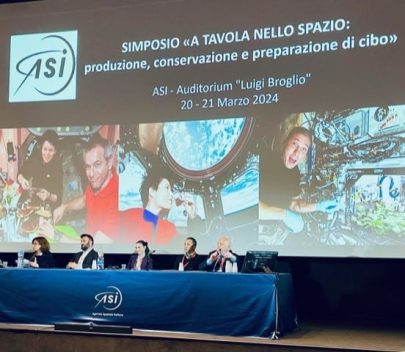
At the center of the Symposium, the goal was to find new technologies and new ways to provide nutritious and enjoyable food, as well as projects for their transportation and consumption. Among the speakers, Elena Luciani from the Campus Bio-Medico University of Rome presented a project that will allow transporting and consuming wine in space in the form of edible capsules. "The project goes a bit against the trend of limiting consumption. Wine is part of our culture and is associated with special moments or social occasions, and this project serves to provide pleasant and familiar foods, contributing to the well-being of astronauts as a link to Earth," said Luciani.
Wine in edible pills
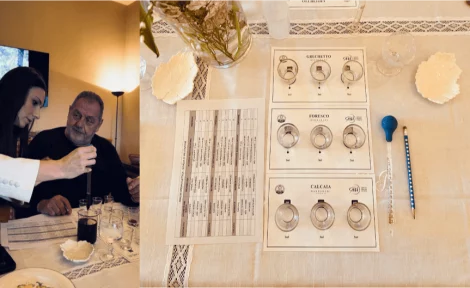
"The idea of encapsulating wine presupposes preserving the taste, but also the enjoyment of tasting," and to carry out the project, a heterogeneous tasting panel was organized, composed of technicians from the Campus Bio-Medico University of Rome, chef Gianfranco Vissani, and oenology technicians to identify how the perception of different wines changes with varying amounts tasted.
"We considered different types of wine," Luciani continues, "and tasted them in quantities of 1, 3, and 5 ml. Very small amounts, from which we evaluated the intensity of flavor, the persistence of olfactory taste, and the emotional impact. Each type has its distinctive elements, and we saw that botrytized wine provided a satisfactory intensity of flavor and emotional impact in the quantity of 3 ml, a smaller amount than the 5 ml of red wine and simpler to use in the encapsulation process." A system of edible pills was then developed. "We started with the spherification technique, which is widely used in molecular cuisine, but then we developed composite films of biopolymers with carbohydrates and proteins. In this way, we do not affect the content and can extend the shelf life of the liquid core. We are currently in a beta testing phase, the presentation on March 21st was a presentation, but further experiments are needed. This type of container can also be used with other liquid substances, such as tea or coffee, for example."
The type of container offers several advantages such as portion control, ease of storage and transport, not requiring bottles or containers to dispose of "and adds a unique and modern touch to traditional wine consumption, introducing new possibilities for food and beverage delivery systems in space exploration," says Luciani.
The potential of botrytization
Among the various wines tasted, Orvieto Cl. Sup. Muffa Nobile Calcaia was selected. "This system also allows preserving the bioactive molecules of antioxidants and anti-inflammatory agents found in botrytized wine. In a study I conducted, it emerged that they have an excellent level of bioactive elements due to noble rot. Then, due to the lower alcohol content, of just 12 degrees, Calcaia is an excellent candidate for this consumption method," concludes Luciani.
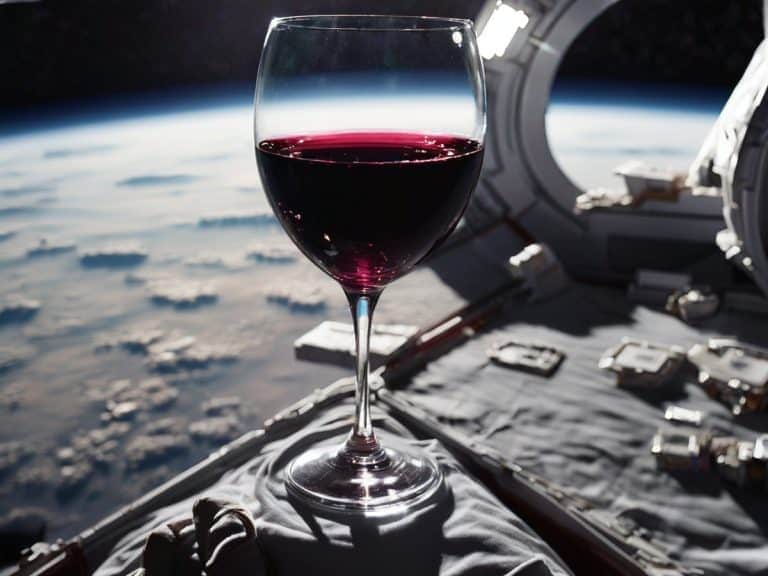
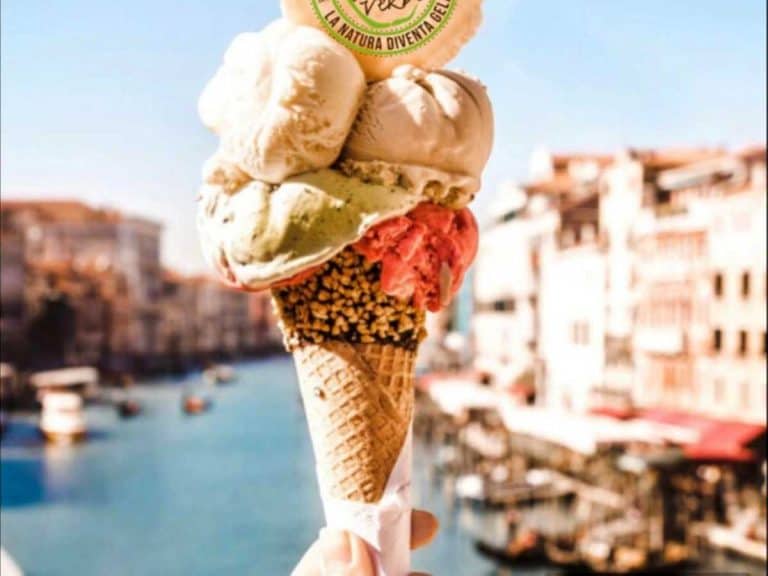 The best gelaterias in Venice chosen by Gambero Rosso
The best gelaterias in Venice chosen by Gambero Rosso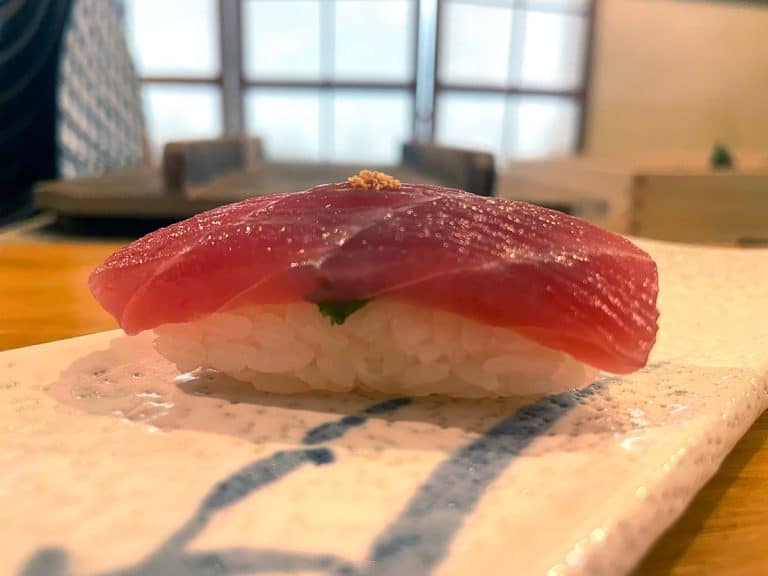 The small Japanese restaurant on the outskirts of Rome, perennially sold out
The small Japanese restaurant on the outskirts of Rome, perennially sold out "Enough with copying Champagne. Italy should work on its own identity." Unfiltered interview with Cyril Brun, new winemaker at Ferrari
"Enough with copying Champagne. Italy should work on its own identity." Unfiltered interview with Cyril Brun, new winemaker at Ferrari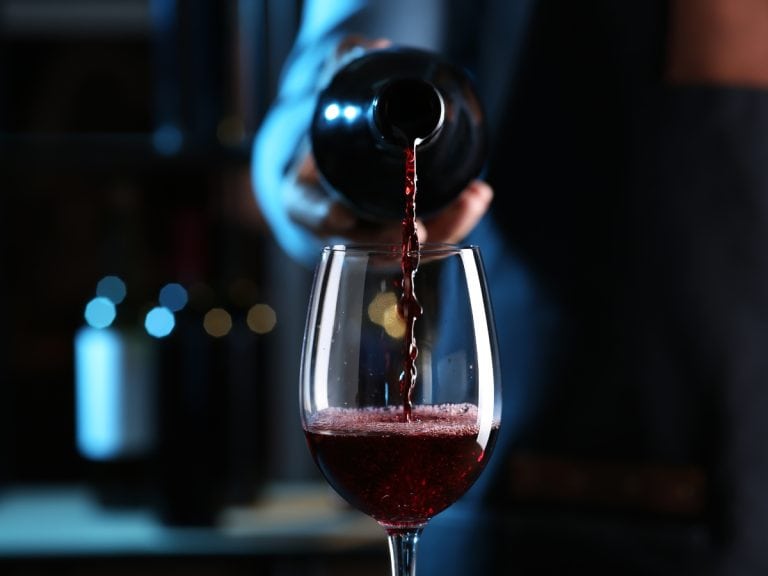 "Do you like cold red wine? Nobody will judge you, but be careful about the type
"Do you like cold red wine? Nobody will judge you, but be careful about the type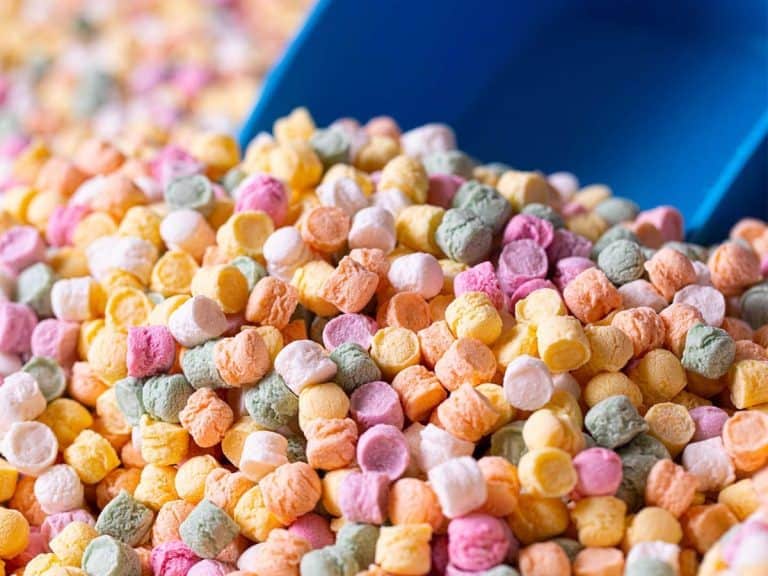 From the small confectionery in Alba to the woman who revolutionized sweets. The story of Pastiglie Leone
From the small confectionery in Alba to the woman who revolutionized sweets. The story of Pastiglie Leone



